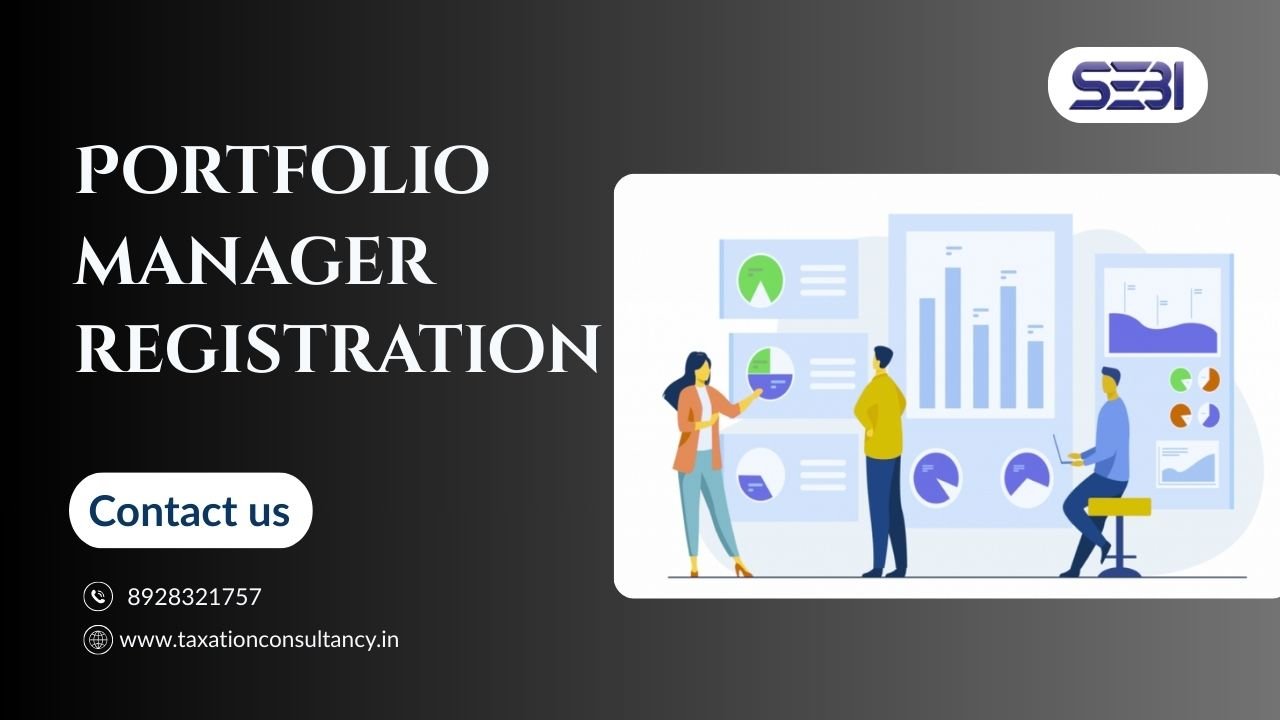STEM (Science, Technology, Engineering, and Mathematics) education scurly pass is increasingly recognized as a cornerstone of economic growth and innovation in the United States. As the nation navigates a rapidly evolving technological landscape, the demand for STEM education has surged, driven by various factors including economic competitiveness, job market trends, and the need for a skilled workforce. This article explores the multiple dimensions of this demand, examining what drives it and how it shapes the future of education and employment in the U.S.
The Current Landscape of STEM Education
Market Growth and Economic Impact
The STEM education market in K-12 settings in North America accounted for over 45% of the global market share in 2023, with projections indicating a compound annual growth rate (CAGR) of 14% from 2024 to 20301. This growth is largely attributed to an unprecedented spike in high-tech occupations and a pressing need for innovation. As industries increasingly rely on advanced technologies such as artificial intelligence (AI) and quantum computing the urgency for a robust STEM education system becomes paramount.The U.S. economy is heavily reliant on innovation, creating a strong demand for professionals with STEM skills across various sectors. The integration of educational technology (EdTech) has transformed how STEM subjects are taught, making learning more engaging and accessible.
Employment Trends in STEM Fields
The job market is witnessing a significant shift towards STEM-related occupations. With projections indicating that 30% of job openings in major metropolitan areas will be in STEM fields by 2029, the current workforce is ill-equipped to meet this demand. Only 11% of the U.S. population holds a degree in STEM disciplines. This mismatch between job openings and qualified candidates highlights an urgent need for educational reforms aimed at increasing student interest and participation in STEM fields.
Factors Driving Demand for STEM Education
Economic Competitiveness
America’s national security is intricately linked to its economic competitiveness, which requires a strong capability in STEM fields. As emerging technologies redefine industries, countries like China are rapidly advancing their educational capabilities to produce more STEM graduates. For instance, projections suggest that by 2025, China will produce over 77,000 STEM PhD graduates annually significantly surpassing U.S. output. This competition underscores the necessity for the U.S. to reinvigorate its own educational system to maintain its leadership in technology and innovation.
Technological Advancements
The rapid pace of technological change necessitates a workforce that can adapt quickly to new tools and methodologies. Companies are increasingly looking for employees who possess interdisciplinary skills that blend hardware and software knowledge. This shift has led to calls for educational programs that emphasize critical thinking, problem-solving, and adaptability skills essential for success in an ever-evolving job market.
Workforce Shortages
The shortage of qualified STEM teachers is another pressing issue impacting the effectiveness of STEM education. Many schools, particularly those in low-income areas, struggle to attract and retain educators with strong backgrounds in these subjects. Without qualified instructors, students miss out on critical learning opportunities that could inspire them to pursue careers in STEM fields.
Policy Initiatives
In response to these challenges, various policy initiatives have been introduced to strengthen STEM education. For instance, the Supporting STEM Learning Opportunities Act aims to provide increased funding for educational programs designed to develop a robust homegrown workforce. Such initiatives are crucial not only for enhancing educational resources but also for ensuring that underrepresented groups have access to quality STEM education.
The Role of EdTech in Enhancing STEM Education
Innovative Learning Tools
The integration of technology into education has revolutionized how students engage with STEM subjects. Tools such as virtual reality (VR) and interactive software allow students to explore complex concepts in safe environments where they can experiment without real-world consequences3. These technologies not only enhance engagement but also facilitate personalized learning experiences that cater to individual student needs.
Self-Paced Learning
Self-paced learning has emerged as a significant trend within the K-12 market. By allowing students to control their learning pace through built-in assessments and interactive lessons, educators can foster greater engagement and retention. This approach aligns well with the diverse learning styles present in any classroom, making it easier for all students to grasp challenging concepts.
Challenges Facing STEM Education
Equity Issues
Despite the growing emphasis on STEM education, significant disparities remain regarding access and quality. Students from marginalized communities often lack the resources necessary to pursue advanced studies in these fields. Addressing these equity issues is vital for ensuring that all students have equal opportunities to succeed.
Curriculum Limitations
Many existing curricula do not adequately prepare students for the demands of modern workplaces. A focus on rote memorization rather than critical thinking and problem-solving can hinder students’ ability to apply their knowledge effectively. Educational institutions must prioritize project-based learning experiences that connect classroom knowledge with real-world applications.
Future Directions: Preparing for Tomorrow’s Workforce
Lifelong Learning Initiatives
As technological advancements continue at an unprecedented pace, lifelong learning will become essential for maintaining relevance in the workforce. Educational institutions must cultivate a culture of continuous learning among students, encouraging them to seek out new knowledge and skills throughout their careers
Collaboration Between Industry and Education
Stronger partnerships between industry leaders and educational institutions can help bridge the gap between what is taught in classrooms and what is needed in workplaces. By collaborating on curriculum development and providing internships or mentorship programs, businesses can play an active role in shaping future talent
Conclusion
The demand for STEM education in the United States is driven by a confluence of factors including economic competitiveness, technological advancements, workforce shortages, and policy initiatives aimed at enhancing educational outcomes. As industries evolve and new challenges arise, it becomes increasingly clear that investing in robust STEM education is not just beneficial it is essential for securing America’s future as a leader in innovation.







Leave a Reply